An Increasingly Inaccurately Named Trilogy: Episode V – The Empire Strikes Back
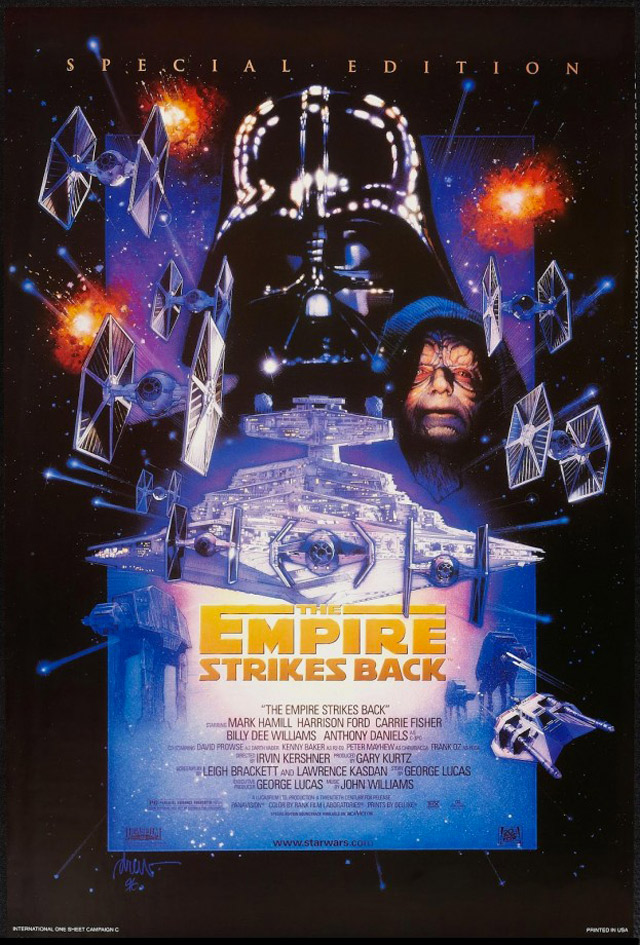 Ring theory – essentially the best read on the interrelationships between the prequel trilogy and the original trilogy to date – is based around nested correspondences among the films. The fringes of this, which pair Return of the Jedi with The Phantom Menace and Revenge of the Sith with A New Hope, are an inherently tricky business, with its interpretations standing in opposition to the more intuitive approach of reading The Phantom Menace and A New Hope as roughly analogous. But the middle, in which Attack of the Clones and The Empire Strikes Back are read as fundamentally related films, is a rock solid bit of interpretation that pays considerable and rewarding dividends.
Ring theory – essentially the best read on the interrelationships between the prequel trilogy and the original trilogy to date – is based around nested correspondences among the films. The fringes of this, which pair Return of the Jedi with The Phantom Menace and Revenge of the Sith with A New Hope, are an inherently tricky business, with its interpretations standing in opposition to the more intuitive approach of reading The Phantom Menace and A New Hope as roughly analogous. But the middle, in which Attack of the Clones and The Empire Strikes Back are read as fundamentally related films, is a rock solid bit of interpretation that pays considerable and rewarding dividends.
The most obvious similarity is structural: both films spend their middle sections alternating between two roughly equally weighted storylines, to the point where they very clearly have two protagonists, in this case Luke and Han. This is most interesting in terms of Han, whose upgrade to co-lead serves as confirmation of his moral centrality to whatever the saga is doing in this second trilogy. And in this regard, the most interesting thing about The Empire Strikes Back is its ending, with Han encased in carbonite. Sure, it’s not the only massive misfortune to befall our heroes by the end, what with Luke being maimed and all, but he’s already got a proesthetic by the end. The change that has consequences and that provides the direct hook going into Return of the Jedi is Han being taken off the board. After all, our case for Han’s centrality to A New Hope was rooted in a willfully silly reading of it in contrast to the prequel trilogy. In terms of the film’s own concerns, Han is a secondary character introduced well into a film that’s almost entirely about Luke’s journey. Here, however, his removal from the narrative is a deforming crisis.
Which brings us to the big difference between Attack of the Clones and The Empire Strikes Back. Where Attack of the Clones was liberated by its status as the middle portion of a trilogy, The Empire Strikes Back is constrained by it, and especially by the fact that it has to be the middle part of a trilogy whose first part was made under a completely different mythology and without the assumption that it would be part of a trilogy. We’ll come to the biggest consequence of this in good time, but for now I want to look at the ways in which this means the film has to set up a new status quo without it seeming like setup, which is the lengthy opening on Hoth, the primary narrative purpose of which is to quickly reconfigure the relationship among the principal characters so that Han/Leia is a more obvious ship than Luke/Leia and reaffirming Han’s loyalty by having him abandon his plans to leave in order to rescue Luke. (Arguably this makes Han/Luke the most reasonable ship of all, but never mind.) This mostly gets hidden behind what’s admittedly the best action sequence of the original trilogy, but it’s still flagrantly what Hoth is there for.…

 Spoilers
Spoilers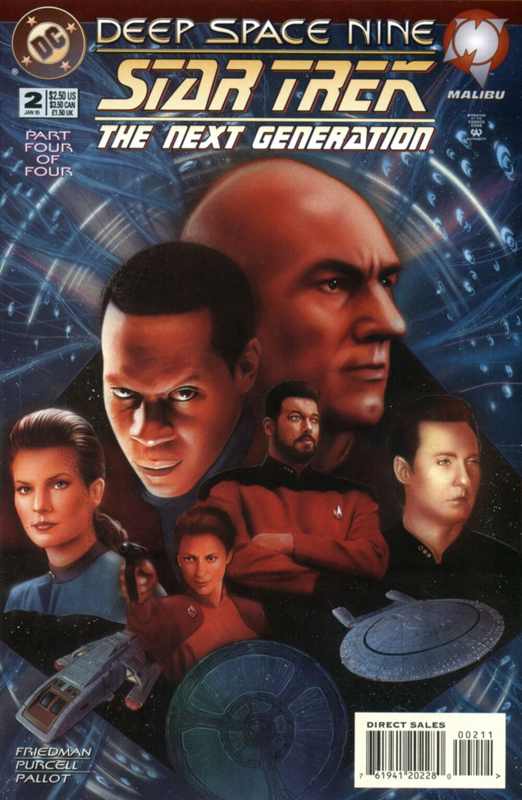 The Othersiders are gloating at having captured Data, Odo and Deanna. They order them to drop their weapons, which they do, but not before Data sets them to overload, causing yet another terrific explosion. The scattered away team uses the opportunity to kick massive amounts of ass, with Data punching people square in the gut with the full brunt of his android strength, Deanna unleashing sick karate moves and Odo turning into an awesome sludge monster to dispatch the rest. In sludge monster form, Odo praises Deanna’s fighting skills in a tone that, if I didn’t read him as asexual and aromantic, could almost be construed as a come-on. Deanna brushes it off by saying Worf trained her.
The Othersiders are gloating at having captured Data, Odo and Deanna. They order them to drop their weapons, which they do, but not before Data sets them to overload, causing yet another terrific explosion. The scattered away team uses the opportunity to kick massive amounts of ass, with Data punching people square in the gut with the full brunt of his android strength, Deanna unleashing sick karate moves and Odo turning into an awesome sludge monster to dispatch the rest. In sludge monster form, Odo praises Deanna’s fighting skills in a tone that, if I didn’t read him as asexual and aromantic, could almost be construed as a come-on. Deanna brushes it off by saying Worf trained her.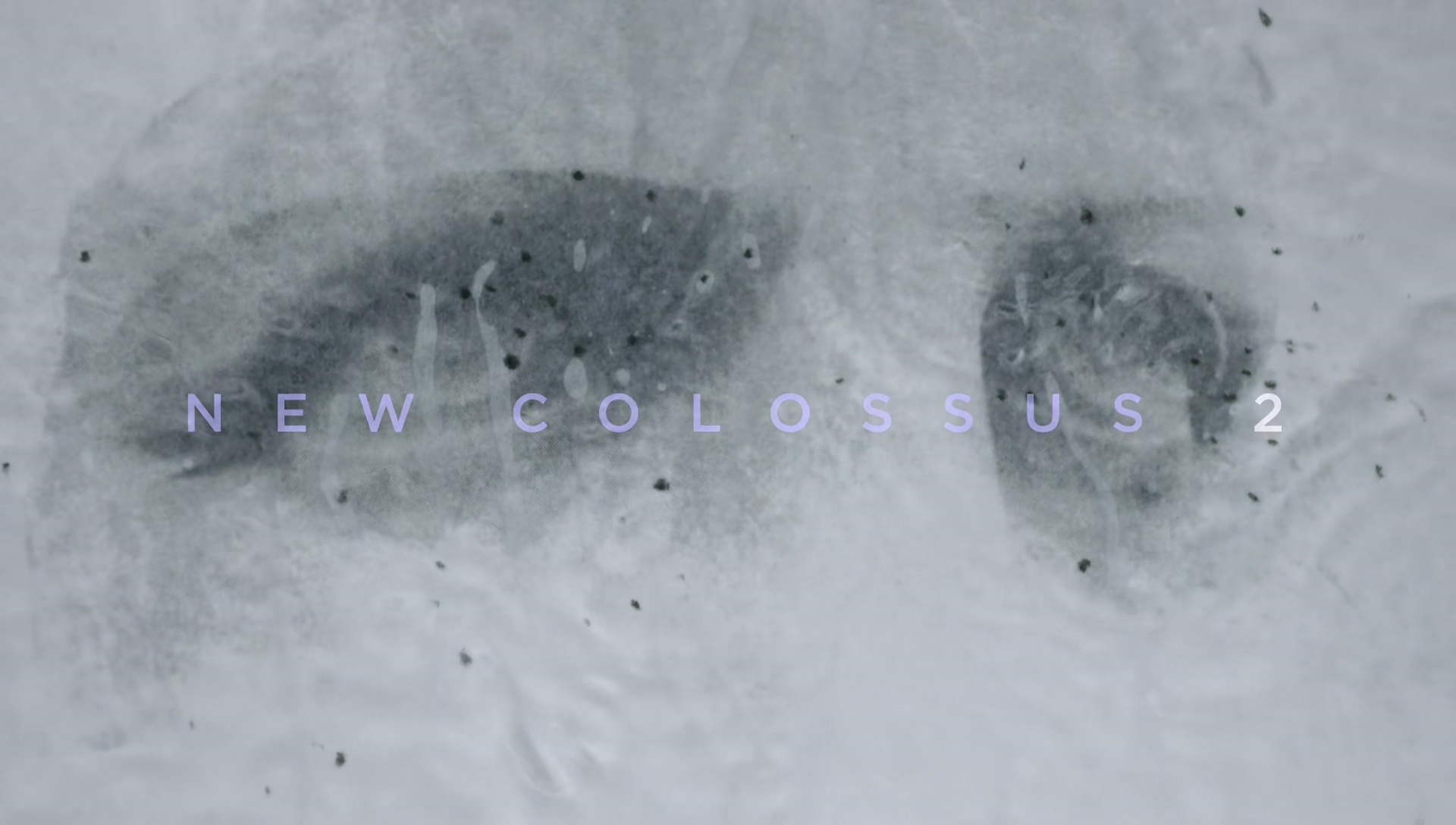 Before we begin, I’d like you to reach out and touch the screen you’re reading this from. Is it hot or cold to the touch? Glossy or matte? I bet it’s hard. You wouldn’t want to put your hand through this “glass” even if you could get it fixed for free. Notice how your hand obscures the light.
Before we begin, I’d like you to reach out and touch the screen you’re reading this from. Is it hot or cold to the touch? Glossy or matte? I bet it’s hard. You wouldn’t want to put your hand through this “glass” even if you could get it fixed for free. Notice how your hand obscures the light. 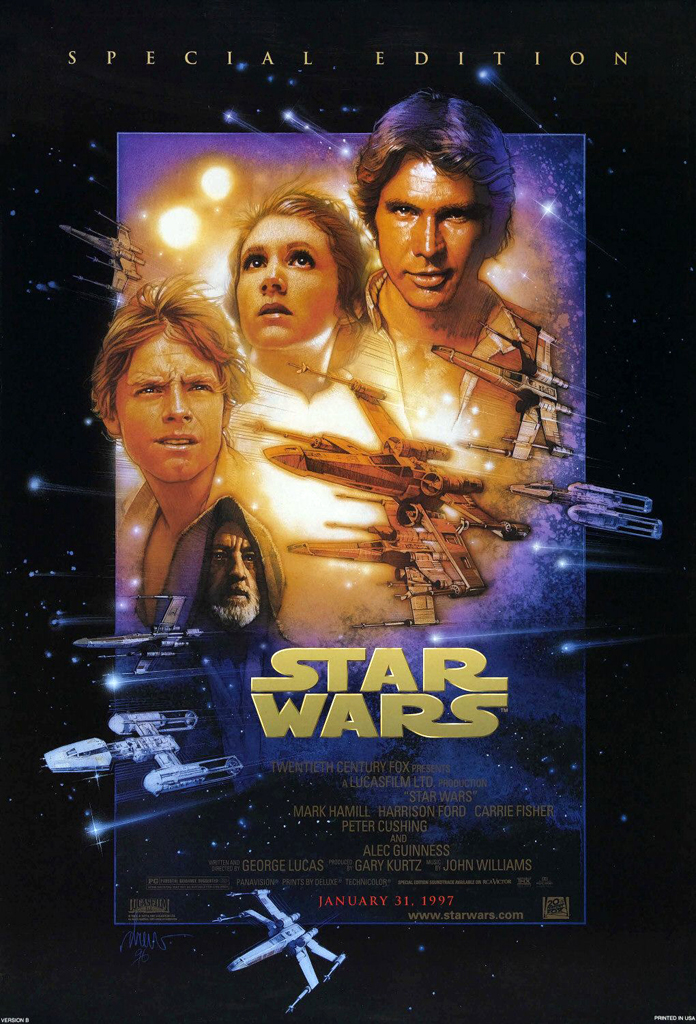 Coming at
Coming at 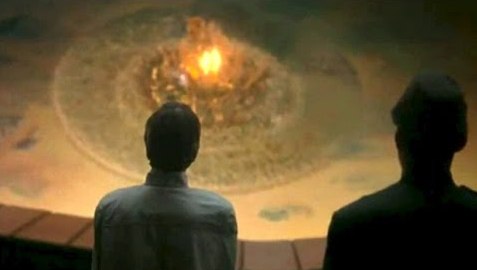 Yes, yet more
Yes, yet more 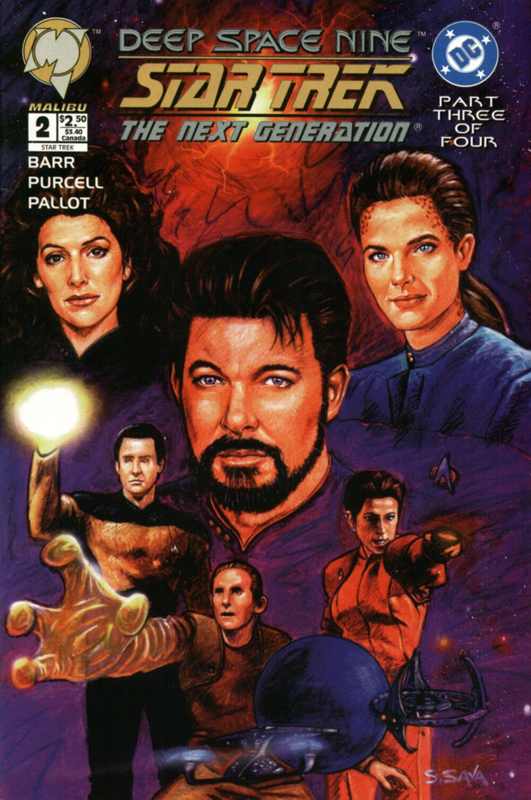 Commander Riker orders the ship to turn around immediately, but of course we can’t do that. If they go back through the Wormhole too quickly, the circuitry that allowed the Runabout safe passage in the first place might be damaged. So Will thinks fast, has the crew divert all power to shields and beam over to the other Runabout (the one that carried the admirals’ party). This shouldn’t be possible because transporters famously can’t penetrate shields, but whatever. And naturally, this plan doesn’t work either as the Evil Aliens soon catch onto it and beam everyone aboard themselves in a stasis field. Because captures and escapes are just how serials work.
Commander Riker orders the ship to turn around immediately, but of course we can’t do that. If they go back through the Wormhole too quickly, the circuitry that allowed the Runabout safe passage in the first place might be damaged. So Will thinks fast, has the crew divert all power to shields and beam over to the other Runabout (the one that carried the admirals’ party). This shouldn’t be possible because transporters famously can’t penetrate shields, but whatever. And naturally, this plan doesn’t work either as the Evil Aliens soon catch onto it and beam everyone aboard themselves in a stasis field. Because captures and escapes are just how serials work.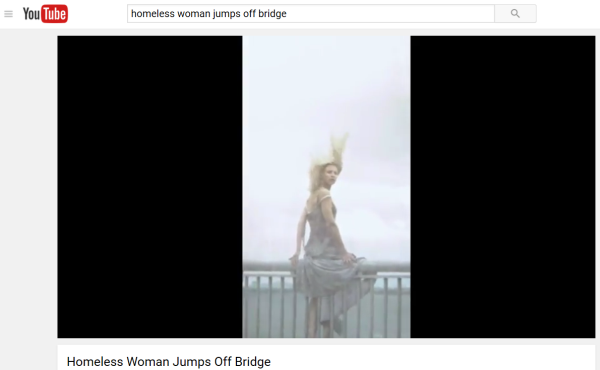 You know, before you start reading this, I have a favor to ask. Go get a glass of water before you settle in. If you haven’t already? It can be cold or warm, with ice or bubbles or neat. Place it anywhere within arm’s reach — next to your keyboard, or on the coffee table, even in your lap if you want. But it has to be water – not coffee, not beer, not a soda. Just water.
You know, before you start reading this, I have a favor to ask. Go get a glass of water before you settle in. If you haven’t already? It can be cold or warm, with ice or bubbles or neat. Place it anywhere within arm’s reach — next to your keyboard, or on the coffee table, even in your lap if you want. But it has to be water – not coffee, not beer, not a soda. Just water. 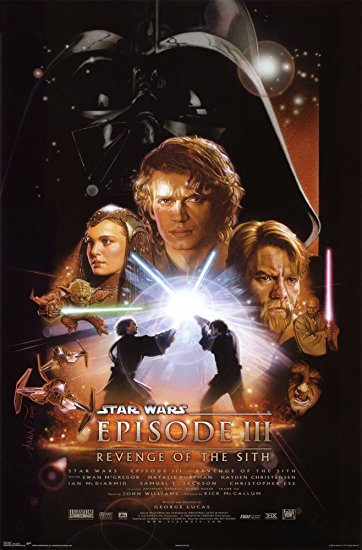 With
With 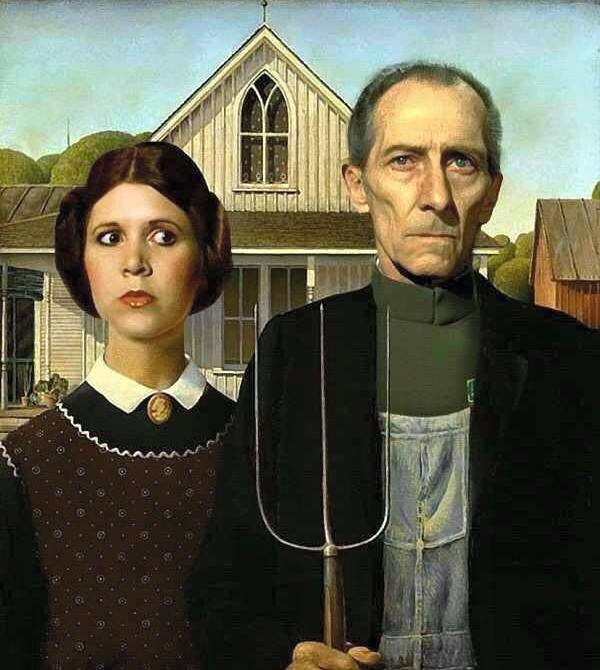 W
W